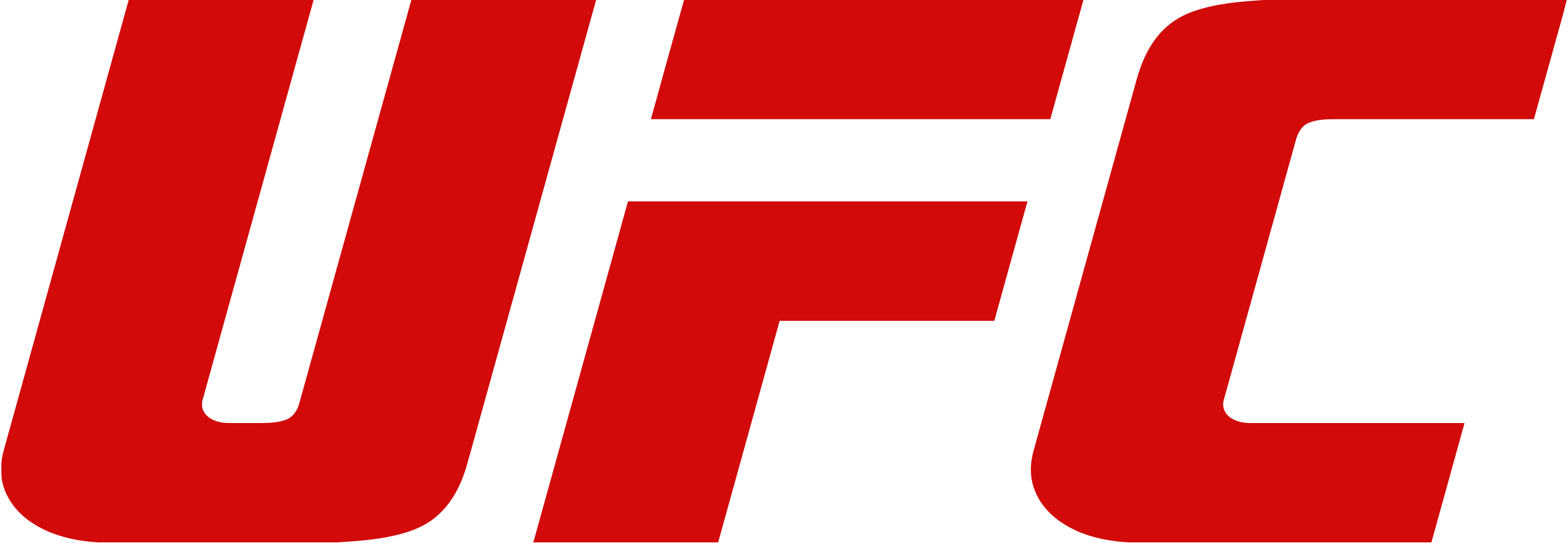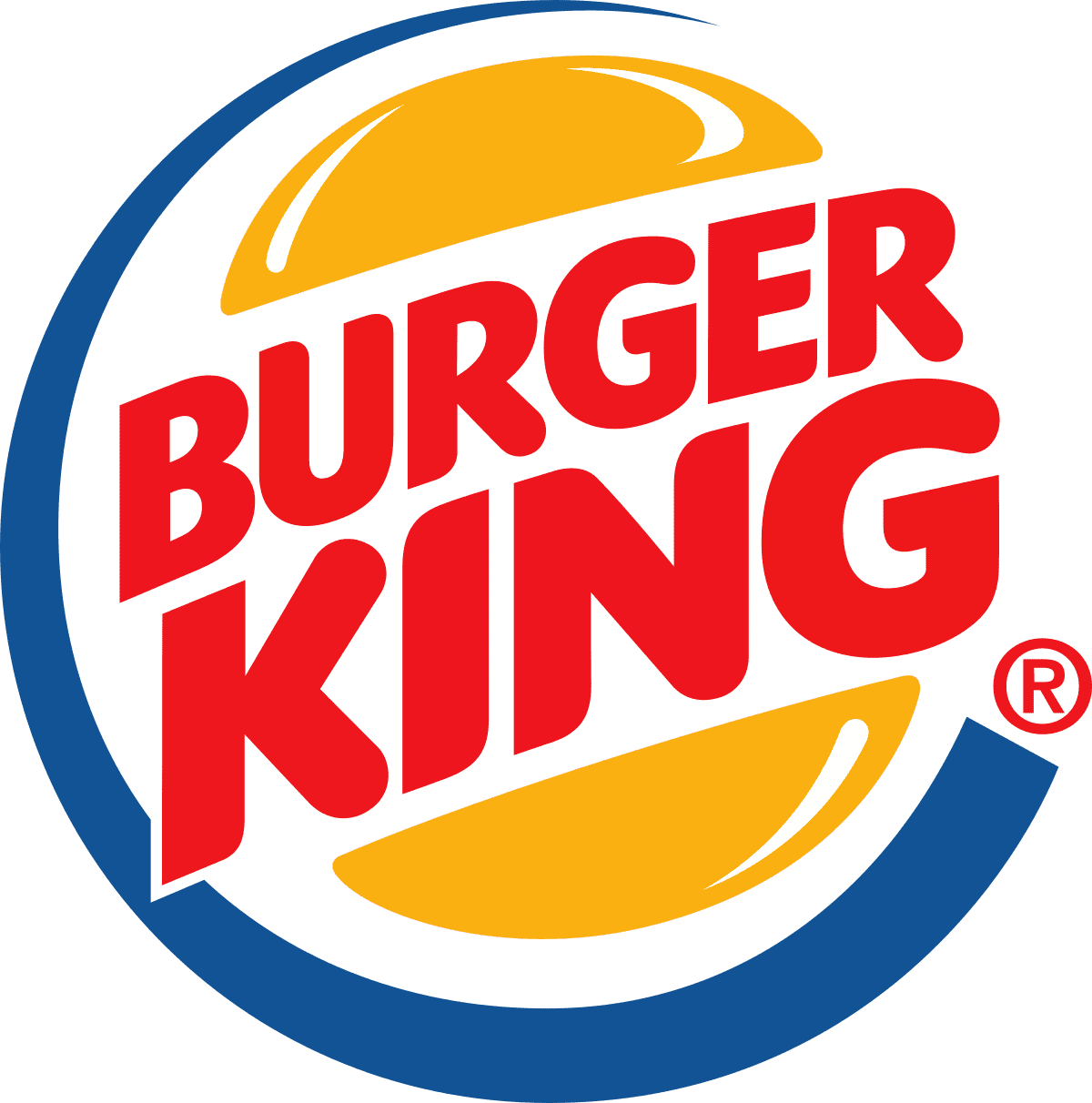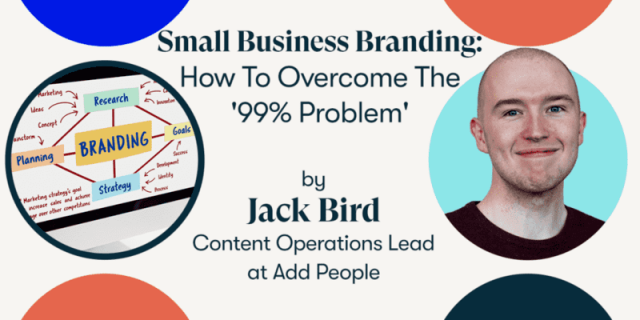1. Brand Name
Ask yourself which of these describes the name of your company:
Descriptive (American Airlines)
A DESCRIPTIVE name is great for small businesses that don’t have a brand developed yet but may want more impact with a more emotional name change in the future. For example, Apple began as Apple Computers but dropped “Computers” once everyone knew what they did so they could streamline the name.
An Acronym (KFC)
An ACRONYM name is bitesize and easy to fit into places. For example, it’s much easier to fit KFC into a logo (more on these later) than Kentucky Fried Chicken. However, this also lacks the instant understanding of a descriptive name. Can you afford to be known by an acronym at this stage?
Named after someone (Walt Disney)
An EPONYMOUS name is good to piggyback off the reputation of a famous figure and lean on any assumptions or emotions people already have about that person. However, this may lack clarity and leaning on a figure may tie you in as collateral damage if this person, living or dead, has a sudden change in public perception.
Suggestive (Uber)
A SUGGESTIVE name focuses on emotion over context. This can be great for emotive products like workout equipment or a dating app but can make life difficult for smaller businesses where their purpose isn’t widely known. It’s a common practice to start with something more descriptive and then rebrand into something more suggestive over time.
Associative (Red Bull)
An ASSOCIATIVE name is like a mix of suggestive and eponymous, as it piggybacks off the characteristics of things. For example, naming an energy drink after a red bull makes you think of emotive words like speed, power, etc.
“Sounds good” (Kodak)
An ABSTRACT name is similar to suggestive, but the name isn’t actually a word. These are often just chosen as they “sound good” and can make for a memorable name for fun brands, but may not be fitting for something like a law firm. For brands where you want to stir up intrigue and maybe separate yourself as being different from everyone else? Perfect.
Time to reflect:
So, which of these does the name of your brand match up to? Do you think your internal idea matches the external projection? All is not lost if it doesn’t.
Businesses have been renamed even decades into their lifespan, so you shouldn’t be afraid to do the same for yours. You just need to make sure it’s the right move.
Resource for naming your small business:
Onym have collected a huge base of resources to help naming projects and is available here.
2. Brand Logo
Ask yourself which of these describes your company’s logo (and skip to the end of this section if you don’t have one):
Using your brand’s initials (UFC)
A LETTERMARK logo: think, IBM, MTV, H&M, P&G, EA.
Simply, these are logos that are made up of only the initials of a business. This can prove to be quite a functional approach and can turn a name into something concise, recognisable, and maybe one day iconic through design.
Look at it this way, it’s much easier to remember NASA than it is to remember National Aeronautics and Space Administration.
Because the focus is on the initials of the brand or business, the font you choose (or create) is really important to make sure your logo is reflective of what you want people to think of you. It should also be easily legible, so it stands up to being printed out or used as a small image on a screen.
You might also consider a lettermark logo if your business happens to have a long name. Keeping it the same length? Then that’s a wordmark logo; similar to a lettermark, but is the entire name with minimal flair outside of the font.
These work best for short, snappy names and businesses with less brand awareness where someone couldn’t be expected to know what initials stand for.


Strictly visual (Instagram)
An ABSTRACT or PICTORIAL logo: think, Twitter, Apple, Pepsi.
The benefit of an abstract or pictorial mark is that you’re able to convey what your company does symbolically. Through colour, form, and image you can create emotion and a feeling of what your brand does. Consider the Quicksilver logo, where their surf-inspired fashion is reflected in the “wave” on the emblem.
Abstract or pictorial logos allow you to create a completely unique image for your business, and they work especially well for businesses where your services may change or evolve over time.
These typically don’t include names, so could be a brave choice for a small business that hasn’t yet established itself. Another potential drawback with this approach (although this is true for logo creation in general) is that you don’t want to paint yourself into a corner
If you sell Christmas trees and you use one as a logo, but you decide to expand and start selling Halloween decorations, that logo may quickly become outdated. Don’t just consider the present when deciding on a logo – consider the future, too.
Keeping it versatile (Burger King)
A COMBINATION logo: think, Microsoft, Lacoste, Amazon.
Combination logos are the most versatile of the lot. They can be quite descriptive of the product or service you offer (think of the burger buns that sandwich the words “Burger King” in their logo), can include a mascot (like the Lacoste crocodile), or use abstract imagery to make a point about their service.
For example, have you ever noticed the hidden ➡ in the FedEx logo, which gives an impression of movement and direction? These are all about imagery and text working together to reinforce your brand.
A combination mark is a great choice for most businesses. It’s unique, can be descriptive of your service, and people will also begin to associate your name with your pictorial mark or mascot right away!
With time, you may want to streamline your logo. A great example of this is when Starbucks Coffee removed their name from their logo as they didn’t think it was representative of their full offering anymore (they’d expanded beyond just coffee). This left them with a rather attractive PICTORIAL logo, with their “mermaid” now instantly recognisable worldwide.

Time to reflect:
Is your logo reflective of the impression you want your company to leave? Maybe it assumes that the audience already knows about the brand?
You can already start to imagine what inconsistent branding looks like at this stage. Taking what we’ve learned about brand names and brand logos, picture a law firm’s name written in the bubbly Nickelodeon font. That would send potential customers running.
Resource for small business logos:
Don’t have a logo or any graphic design skills? A website like Logomaster will show you how easy it is to build an image out of a name.
3. Brand Voice
Ask yourself which of these describes how your company speaks to the public, whether that’s via posts on social media or emails you send them:
Emotive and authoritative (Harley Davidson)
For a brand like Harley Davidson that deals in fast vehicles and stylish clothing, their tone of voice is essential. If you were looking for a new bike that could take you from 0-60 faster than you could blink, which of these would convince you of that more:
Option 1) “We are a motorbike company that can get you from A to B.”
Option 2) “Ride fast or stay home.”
Short, snappy sentences like that are a much better fit for a brand like theirs. Punctual. Effective. They’re not going to bore you with sentences that never end. Full throttle writing for a full throttle business.
Chatty and friendly (Tesco)
Whereas a bike brand may only speak to a niche, a supermarket has to speak to everyone. All interests and demographics are served somewhere like Tesco and their tone of voice has to reflect that.
This is why you’ll see a friendly tone that speaks to people like they know them. If you met someone and they spoke like the ad copy used for Harley Davidson, let’s just say you’d form an interesting impression of them. Tesco, however, speaks like a regular person.
This was reflected in a recent ad campaign, focusing on the real recipes of real people. You had “David’s ‘hot or not’ Curry” and “Lisa’s ‘big Greek’ Stew”, with photographs of them holding their food.
We can see ourselves in these people, and we recognise the language traits of our friends in the way Tesco speaks to us through emails and social media. This comforts us. The question is, does your brand want comfort like Tesco, or thrills like Harley?
Factual and reliable (Blake Morgan)
For a law firm like Blake Morgan, your language will likely lean on facts and statements. That’s because these can’t be debated or questioned, and this gives us a feeling of security.
Similes and metaphors would be considered unnecessary in most cases for a business like these, where they instead want to just tell you how they can fix your problem and why they can do it.
Stats and figures will support their claims instead of threats (Harley Davidson used “Resistance is futile” for one poster) or relating directly to the typical user (Tesco may reference broad, vague problems everyone faces in their copy, like running out of toilet paper).
Time to reflect:
It’s not what you say, but how you say it. This has never been more true than with branding. Think about how many water bottles there are at your local supermarket. All of these are ‘saying’ the same thing to the people passing by: “drink me and you’ll get less thirsty”.
The truth is, they are no different – the average person in the street will say that different water largely tastes the same. However, if you look at the sales charts, you’ll see clear winners and losers.
89% of shoppers stay loyal to brands that share their values according to Wunderman. So, ask yourself. Does your brand appeal to the values of your audience when you speak to them?
Resource for small business branding & copywriting:
Finding The Right Message by Jennifer Havice looks at how businesses (small and large) can figure out what their tone is and how to use it. However, it can get a little tricky – so consider leaving it to the copywriting experts in our SEO team instead!
4. Brand Colours
Ask yourself which is the most dominant colour in your branding:
Red (Nintendo)
Red is perfect for businesses that want to be bold and visceral. This is seen as a courageous colour, and also stimulates appetite so this could be a great choice for a food or drink business; Kelloggs, KFC and Coca-Cola all have this colour in common.
Its romantic connotations would also make it a great fit for something like a lingerie or dating company.
Green (BP)
A good lesson in branding is that BP, one of the largest oil corporations in existence, has picked a healthy, peaceful and harmonic colour like green for their branding. This colour has strong connotations with a healthy planet viewed from afar, or a relaxing field of green grass swaying in the breeze.
Other businesses like Tropicana and Whole Foods use this colour a little more honestly, but BP utilises green like a shield. They understand that good branding can be used to combat any negatives or stereotypes relating to a company.
An oily black may be a more appropriate colour, but a healthy green is perfect for a business that has a reputation for damaging the planet and wants to convince people otherwise.
Blue (Dell)
This is seen as one of the most trustworthy colours. Blue gives a strong sense of security and dependability. These traits have made it incredibly common for office-focused brands, such as Dell, HP, WordPress and Intel.
You may want to pick a different colour if your brand is all about taking risks or going with your heart. However, take the technology company IBM.
They provide businesses with the infrastructure to survive and grow, and working with them means putting a lot of faith into their hands. Trust is important for businesses like these. That’s why blue is all over their website.
Yellow (Ikea)
This is a very positive and optimistic colour. Yellow gives people a sense of clarity. So, for brands like Ikea – where they want to leave a wholesome, life-improving impression on their customers – it makes a lot of sense.
It is also the colour our eyes often see first, making it great to highlight things like new sales. Used sparingly, this can be very effective.
Time to reflect:
There are a lot more colours out there with plenty more theory behind them. That’s why a business’s colour scheme should never be decided on a whim because the owner just so happens to think yellow is the best colour.
If you’ve ever wondered, that’s also why you’ll never see a funeral parlour with a bright orange colour scheme.
Consider what your current colour is and if you’re struggling to tell, then it means you likely need a consistent colour scheme.
Resource for colour theory:
Below you can find an excellent TED talk from Professor Axel Buether, who goes through his research into the language of colours and the influence they can have over us.
What can happen if your small business marketing isn’t in sync:
Now you’ve thought about it, it may be that you’re a victim of the 99% problem. This is why you should address it.
It bears repeating, a consistent brand is crucial. Remember, studies from Lucidpress found that consistent branding led to an average revenue increase of 33%. Yes, the nature of an average means that for some it was less – but for some, it was even more!
Branding is also something you’re in total control of. You don’t need to wait for a new season for your sales to go up or for a new development in the market for your profits to soar. You are in total control of these four elements of your brand.
Being a small to medium-sized business isn’t an excuse anymore. If you want to know which SMEs are taking this seriously, then you can probably just like at which competitors are taking your customers.
Like we said before, 89% of shoppers stay loyal to brands that share their values according to Wunderman. If you are not identifying what the values of your target audience are and combining them with the values that you want to project, you’re losing out on money. It is as simple as that.
In fact, by appealing to the values of your customers and lining that up with the brand that you want to project, no small business is too small.
That’s why if you go to a supermarket in Manchester, you’ll see products from brewery start-ups with a single office in Altrincham standing shoulder-to-shoulder with huge alcohol corporations like Carlsberg.
They still sell though, because these small businesses know the importance of branding/marketing – and that it can be the ultimate catapult to help Davids take on Goliaths.
How Add People can help, from Manchester & beyond:

For the last twenty years, we’ve been helping grow small to medium-sized businesses around Manchester and beyond. That means doing some of the branding we mentioned in this article, with our website design or SEO services.
Outside of branding, we can also help businesses find new audiences as a PPC agency or even target your customers directly with social media advertising.
Remember, we might be based in Altrincham, but you don’t need to be. We have clients from South Africa to North America, so if you have any questions please contact us and we’ll be in touch!



